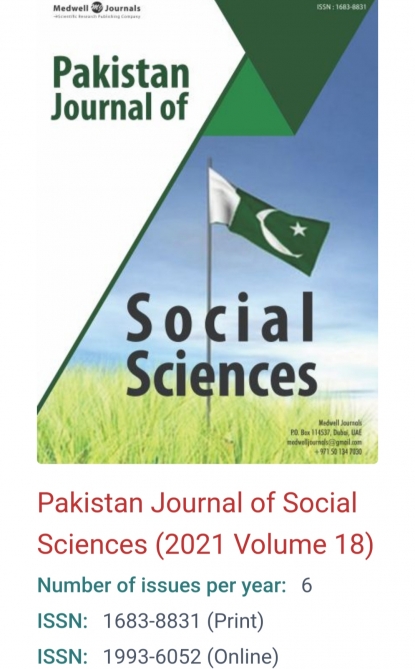
- A-
- A
- A+
Biodiversity of Armenian-Occupied Territories: Consequences of Environmental Terrorism
Distinguished by its climate and landscape diversity, the Karabakh zone has always been distinguished by the richness of flora and fauna diversity, underground and surface resources, fertile lands, kahriz and healing springs, and healing waters. There were numerous valuable species of plants and animals, including reserves and sanctuaries included in the “Qırmızı Kitab”("Red Book") of Azerbaijan, and selection samples of cultivated plants created by the Azerbaijani people were widely cultivated.
Up to 2,500 plants grow in these areas, including more than 460 species of wild trees and shrubs. Many of the 140 rare and endangered plants included in the first edition of the Red Book of the Republic of Azerbaijan (1989) have been described from Karabakh.
Before the occupation, the forest fund of Karabakh and surrounding areas was more than 280,000 hectares (13,197.5 hectares of valuable tree species).
Most of the traditional plant varieties created by the people in the region over the centuries have been destroyed as a result of the occupation, and some have been appropriated by Armenians. In 1950-1989, the Karabakh Scientific Research Base of the Institute of Genetic Resources of ANAS with the area of 1694 hectares existed in Agdara region...
Irada HUSEYNOVA, vice-president of ANAS, academician
©All rights are reserved. Citing to www.science.gov.az is necessary upon using news.
Similar News
Links


 Elm TV
Elm TV
 Photo
Photo
 Video
Video




